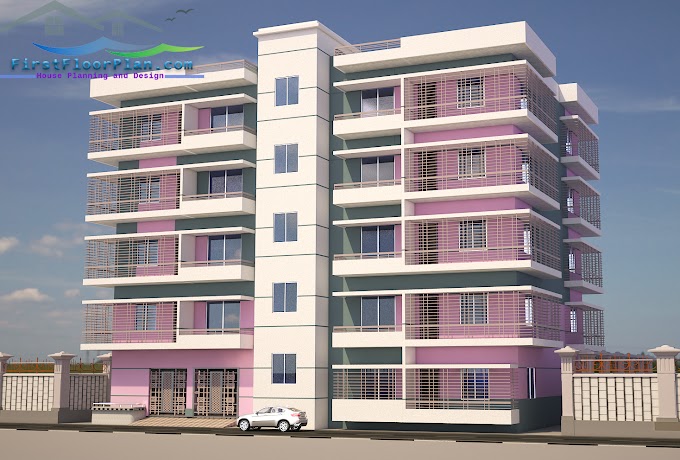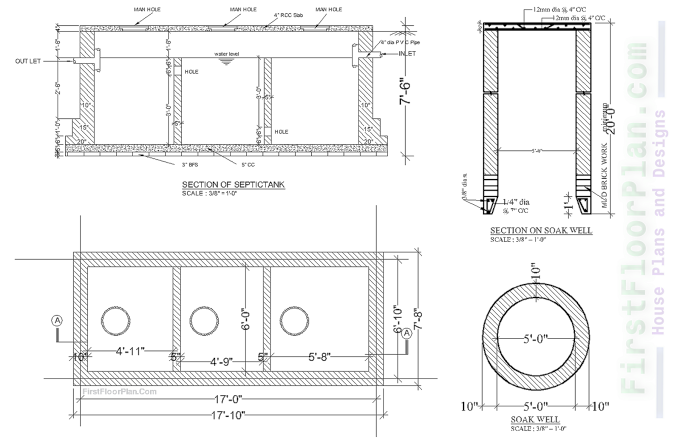Modern and traditional homes each have something to them that is appealing to everyone, which is why choosing between one over the other can be a hard decision.
To help you make that decision, let’s cover just what the differences are between one over the other. Before we start, let’s define traditional and modern homes.
What is a traditional home?
If you’re interested in creating a traditional house plan, it helps to know what exactly counts as one. Traditional house plans are characterized by their classic and timeless features, often drawing inspiration from historic architectural styles. A traditional home plan typically includes symmetrical facades, pitched roofs, and a balanced layout. These designs often prioritize functionality and practicality, with well-defined rooms and clear circulation patterns.
Traditional house plans also emphasize conventional building materials such as brick, stone, or wood siding. They may feature decorative details like columns, dormer windows, or intricate trim work that adds character and charm to the overall design. Old homes usually have these features that add to their rustic and down-to-earth charm.
What is a modern home?
If you’re not interested in traditional styles and want more modern ones, you should know which features make for a contemporary home style.
You can expect modern homes to reflect more recent aesthetics fearless of using more innovative design concepts. These plans concern clean lines, simplicity and minimalism, and increased functionality.
They embrace open floor plans instead of walled-off rooms. Large windows are commonly incorporated to maximize natural light and blur the boundaries between indoor and outdoor spaces.
Moreover, modern house plans must be able to accommodate the changing lifestyles of the people using them. Hence, the increase in the inclusion of multi-purpose rooms. These are just a few ways a modern home can be.
Floor plan
The floor plan should conceptualize how you want to categorize and space your rooms in the house. There are different floor plan styles to consider.
For example, traditional floor plans often have distinct and separate rooms. Each room in a traditional floor plan has only one purpose. Traditional floor plans apply direct purposes for each room, reinforcing these using walls separating areas of the home. Each room needs the walls to ensure proper sectioning.
On the other hand, modern floor plans are all about that open-concept design. These modern layouts are all about making the floors look wide and open. They want the flow between rooms to be unimpeded.
They do that through different approaches, but the more distinct ones for modern floor plans would be removing walls wherever possible as long as it makes sense. Current floor plans also are OK with rooms with more than one primary activity.
The architecture
It’s pretty easy to determine modern and traditional architecture from one another that even an average person can let you know.
Modern architecture is cool, clean, and all about straight lines. There are repetitive and consistent design elements, many of which try to be as functional as possible.
Even the way you work with creating modern architecture is more contemporary. For example, you can work with architects through collaboration software for architects to go back and forth on which design best suits your needs and wants.
On the other hand, traditional architecture drawings often showcase intricate details, such as ornate moldings, decorative columns, and symmetrical facades. These homes have a timelessness that is always appealing, even in modern days like now.
Windows & lighting
Even how windows and lighting appear in a home differs depending on whether it is modern or traditional. In modern house plans, large windows are often a prominent feature because, as mentioned earlier, they like the feeling of spaciousness.
These windows are often large because they want to get as much natural light in the rooms as possible, creating a much-desired open, airy atmosphere.
In the case of modern lighting fixtures, they’re also usually minimalist in design, and rarely do they have a lot of decorative elements on them.
On the other hand, traditional house plans often feature smaller windows with more intricate designs.
Traditional windows may have ornate frames that reflect the design principles of conventional homes. Lighting fixtures also have grand designs; a prime example is chandeliers and other drooping light fixtures in key areas of the house.
Decoration & furnishings
In terms of decoration and furnishings, often, traditional homes have a more frivolous approach. You can find all sorts of decor, furnishings, and accessories that come with them. The overall effect is to create a uniquely homey environment.
On the other hand, modern decor and furnishings are often practical as many multi-purpose zones and furniture go with them. The scenery is usually minimal and fits the entire design scheme of the home. The key usually is to create a calm and clean environment.
Materials used
Traditional houses usually take advantage of the local materials available, which is convenient, but also one-way localities have similar conventional home styles. These materials are traditionally local wood, bricks, and stones in the area are a common choice. For modern homes, expect a lot of concrete and glass materials to make up the home. You might even find plastic used throughout the house.
Color schemes
One thing you can expect in modern homes would be neutral color schemes, given the desire for a clean-looking design. You should expect to find strong, darker tones in modern homes frequently. Or you can see light grays, whites, and beige tones.
Traditional homes’ color schemes are more carefree in that they embrace all sorts of tones, but they are still quite a bit muted. Many of them welcome warmer tones for these homes. Blues, greens, and cream colors are standard in many homes.
Kitchen Style
Even kitchen styles are different because traditional kitchens often embrace wooden cabinets, and many are usually closed off from the dining area.
The cabinets usually sink into the background with how streamlined they are in the kitchen for modern homes. Aside from that, given the open layout of many modern homes, many modern kitchens are open to the dining area and even the living room. That way, it’s easier to entertain guests or enjoy whatever happens in the living room area as the people cook.
Roofing
The roofing for a traditional home is as you’d expect a roof to be: sloping in design with a peak of some sort. For modern homes, though, this is slightly different.
Since
there are innovative construction changes these days, many more modern homes
embrace flat roofing. This approach is about maintaining the sleek look many
modern houses have.
Finishes
Traditional homes often embrace the natural grain and characteristics of their materials. So, you can expect a lot of wood-grain cabinetry sprinkled throughout and brick layouts clear as day for the walls.
Most of the time, contemporary finishing involves aligning everything with the overall design scheme. Whether it’s a particular material or a choice of color, you can expect finishes to align with that, which usually doesn’t have too many textural changes.
Conclusion
Hopefully,
this article has helped you understand what to expect with a modern and
traditional house plan. With these, you should come closer to a conclusion
regarding your preferred house plan style. Ultimately, you won’t lose out on
either one as long as you enjoy and live in them.













%20House%20plan%20with%207%20storey%20Apartmen%20building%20Structural%20desing%20%20DWG%20&%20PDF.jpg)